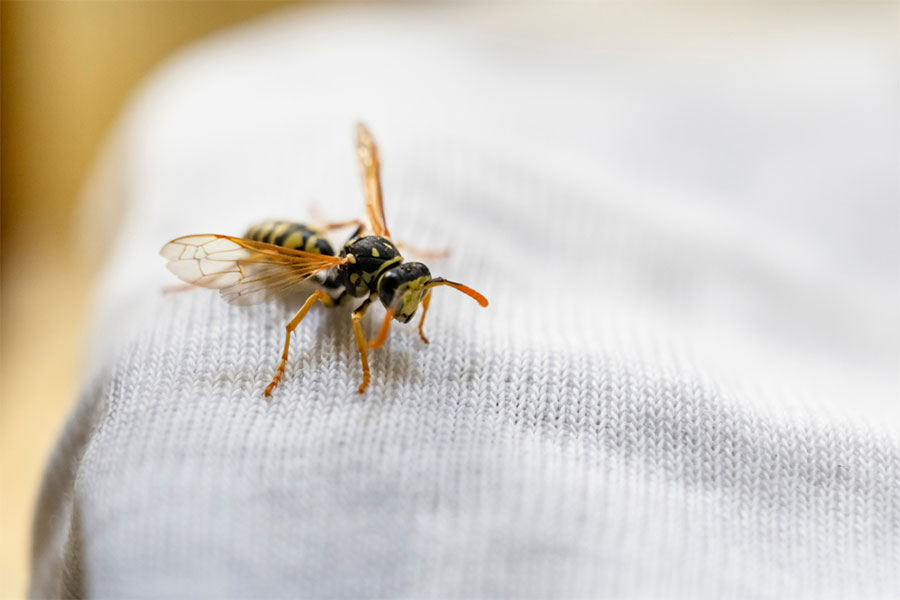As First Aid Training Specialists, most of our work is focused on teaching people skills they can use in real-life circumstances. Anaphylaxis happens often and can be a frightening experience for the first aider and patient; it is sudden and potentially life-threatening.
We take the responsibility of keeping people informed and aware of various health issues, both physical and mental very seriously, and in this article, we are taking a moment to look more closely at Anaphylaxis and how your reaction could save the life of a patient.
Remember, if you would like to talk to us about our training provisions to businesses and organisations across the UK, call us on 07599 086885 or email us.
What is Anaphylaxis?
Essentially anaphylaxis is a severe and potentially life-threatening reaction, most commonly brought on by severe allergies. You’ll have heard the term Anaphylactic Shock, and it is just that; it is a physical reaction to a trigger which tends to develop suddenly and escalates very quickly.
Signs and Symptoms
There are a number of symptoms associated with this kind of reaction and can vary in each patient. The most common signs that someone is having a reaction to a trigger is that they start to feel lightheaded or faint, they can experience breathing difficulties or wheezing along with an increase in their heart rate.
They may also seem confused or disorientated, have clammy skin, or start sweating which might lead to collapse or loss of consciousness.
There may also be other allergy symptoms, including an itchy, raised rash (hives); feeling or being sick; swelling (angioedema), or stomach pain.
Anaphylaxis is a medical emergency. It can be very serious if not treated quickly.
What Causes Anaphylaxis?
Anaphylaxis is the result of the immune system, overreacting to a trigger. It is usually (but not always) brought on by an allergy.
Common anaphylaxis triggers include foods like nuts, milk, fish, shellfish, eggs, and some fruits; people can also be allergic to some medicines specifically antibiotics and aspirin which can cause a severe reaction. Wasp and bee stings are also common allergens, along with general anaesthetic, and latex.
In some cases, there’s no obvious trigger. This is known as idiopathic anaphylaxis.
What to do/Treatment
If someone has symptoms of anaphylaxis, use their adrenaline auto-injector (epi-pen) – people who are aware of their condition will usually carry one with them. However, it is important that you know how to use it correctly first, read any available instructions.
Anaphylaxis can be life-threatening so you should call 999 immediately and explain the situation, you should do this even if the patient starts to feel better.
It sounds obvious, but you should remove the trigger. If this is a sting, try and remove the stinger from the skin or food from the vicinity. In terms of positioning, if the person is breathing easily, lie them down and raise their legs; if they are struggling to breathe sit them up to open the airways; if they’re pregnant, lie them down on their left side.
Whatever the situation it is important to get the patient to the hospital where they can be properly monitored to prevent any further complications.
Living with Anaphylaxis
The best way to prevent a future allergic reaction is by being aware of your surroundings and knowing how severe anaphylaxis can be. Make sure you identify what is setting you off. Finding out if you’re allergic to anything that could trigger anaphylaxis can help you avoid them in the future.
If you’ve had anaphylaxis and have not already been diagnosed with an allergy, you should be referred to an allergy clinic for tests to identify any triggers.
They will usually use a skin prick test or blood test; in both cases, your skin/blood is exposed to potential triggers to test its reaction to suspected allergens.
You can reduce the chances of being exposed to a food allergen by checking food labels and ingredients. Most restaurants will ask you if you have any allergies, if they don’t then make sure you tell them so that they can ensure that your meal is safe for you to consume. Always remember, some types of food may contain small traces of potential allergens – for example, some sauces contain wheat and peanuts.
Most insect stings occur during the summer when we spend more time outside. If you are allergic to insect stings, you can reduce your risk of being stung by moving away from wasps, hornets, or bees slowly without panicking – do not swat at them! Using an insect repellent if you spend time outdoors; check drinks cans before drinking from them insects may fly or crawl inside the can and sting you in the mouth.
If you’re allergic to certain types of medicines, there are normally alternatives that can be safely used. Speak to a medical professional before taking medication if you are in any doubt.
If you suffer from anaphylaxis, you should ensure that you carry two in-date auto-injectors (epi-pens) at all times – there should be no exceptions. Make sure you and any carers know when and how to use your auto-injector – read the leaflet that comes with it and practice with a training device, which you can get from the manufacturer.
This information is also available on the NHS website where you can find more details on anaphylaxis.
Get in Touch
We are First Aid Training Specialists and provide traditional First Aid and First Aid for Mental Health Training Courses. If you have a staff and would like to speak to us about how we could help with your training requirements, make sure you call us on 07599 086885 or email us. You can also follow us on LinkedIn, Facebook, and Instagram.
